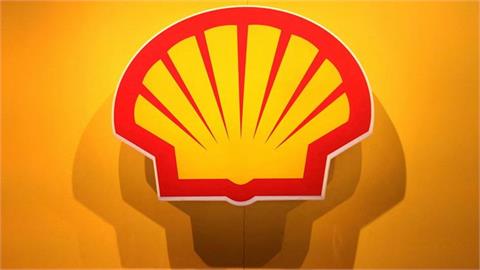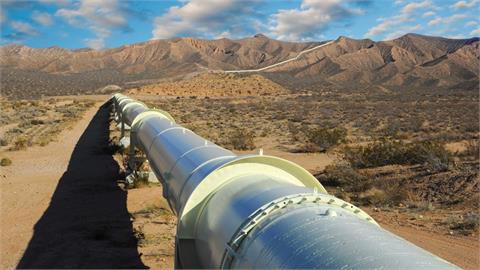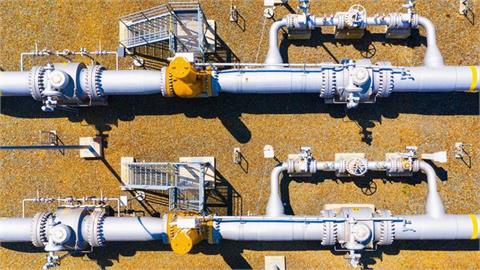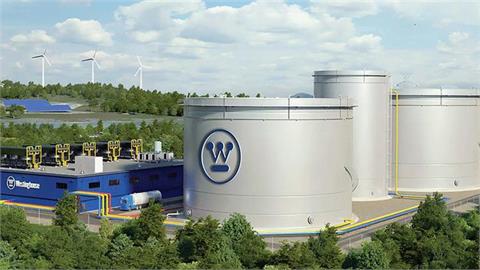Qatar, the Middle East's leading exporter of LPG, is expanding its
markets in South Asia and Southeast Asia, an official with marketing firm
Tasweeq said Tuesday, as it faces growing competition from the US for its
traditional North Asian markets.
Shipments to South Asia last year, particularly to major market India,
jumped to 3.5 million mt, or 34% of Qatar's 10.7 million mt exports to Asia,
up from 500,000 mt, or 7% of its 8 million mt exports in 2010, Amad Shaikh,
Tasweeq's market analysis director said.
The total volume and proportion of exports to South Asia in 2015 are
expected to remain stable or slightly more than last year, after the big jump
seen over the past five years, he told the IHS Asia LPG seminar.
"Tasweeq's strategic initiative is to increase engagement with South
Asia, a growing market with proximity to the Middle East," he said, adding
that it takes just five days to move cargoes from Qatar to the Indian west
coast, compared with around 23 days to Japan.
"The trend is expanding market share in South Asia and Southeast Asia.
[There has been] reduced Northeast Asia share out of total exports to
diversify our customer base."
While exports to Southeast Asia rose to 2.5 million mt in 2014 from 2
million mt in 2010, the proportion to total exports eased to 22% from 23%, he
said.
But exports to North Asia fell to 4.7 million mt last year, or 44% of the
total, versus 5.5 million mt, or 70%, in 2010, Amad said.
Apart from India, Tasweeq sees big demand potential in Pakistan,
Bangladesh and Sri Lanka, though those markets require large investments to
improve their LPG infrastructure to help boost imports, he said.
India's LPG imports are also growing, with state oil companies set to
import 8.5 million-8.9 million mt in fiscal 2015/2016 (April-March), 7-11%
above the 8 million mt bought in the year-ago period, prompted by lower prices
and as customers adjust to government subsidy-trimming measures, industry
sources had said.
India imports LPG mainly via term contracts from Middle Eastern producers
Saudi Aramco, Qatar, Abu Dhabi National Oil Co. and Kuwait Petroleum Corp.,
according to sources.
QATAR LPG EXPORTS STEADY
Saudi Arabia has increased the proportion of its LPG exports in 2014 to
India, Indonesia and Egypt and reduced the proportion sent to China, while
there were no shipments to Europe, an executive with Saudi Aramco said
recently.
This was prompted by the rise in US LPG exports, which have better value
in West of Suez markets, he said.
In contrast, Japan's LPG imports from the US are poised to rise to around
20% of its total imports in 2016 from almost 14% last year, if the Panama
Canal expansion is completed on time around Q1 2016, an industry official said
recently.
Japan, the world's top importer of LPG, could import around 2 million mt
from the US in 2016, from 1.59 million mt in 2014, which accounted for 13.7%
of the total 11.6 million mt it imported in the year, he said.
Amad said Qatar's LPG exports are set to hold steady around 11 million mt
in the next few years, as two major petrochemical developments -- the Al
Karaana and Al-Sejeel projects which had been expected to consume LPG
feedstock and reduce exports -- have been shelved.
Responding to questions, Amad said Qatar would not be exporting ethane,
which is mostly consumed by its domestic ethane crackers.
He said the Saudi Aramco term Contract Prices would remain a viable
pricing basis in its present form for Qatar and other Middle Eastern LPG
producers, even in the face of competition from US cargoes.
Some industry players have called for changes to be made in the Asian
pricing basis, with ideas ranging from a hybrid of Mont Belvieu prices and CP
to reflect the growing volumes of US LPG in this region, as well as a Saudi
CP, which is decided on a bi-monthly instead of the monthly basis for term
cargoes.
Some even suggested modifying the pricing basis to reflect a market which
is traded on a daily basis, just like the crude market.
Amad said that to remain competitive in an increasingly volatile market,
the pricing of Middle Eastern FOB cargoes based on the CPs are seeing smaller
premiums built into them.
(Platts)
Related content
Thursday, 30 October 2025
Thursday, 30 October 2025
Wednesday, 29 October 2025
Wednesday, 29 October 2025



